Subsidiaries
Fusion Packaging
If this is your company, CONTACT US to activate Packbase™ software to build your portal.
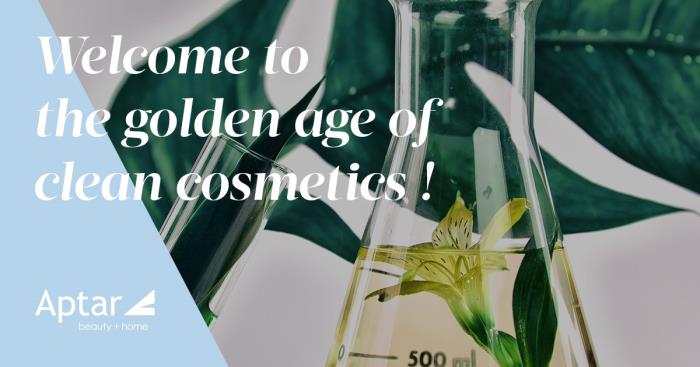

By Alain Crozier, Ph.D. in microbiology and founder of Cle@n Cosmetic Consulting.
Just like the agrifood industry, the dermocosmetic sector is experiencing a real paradigm shift. The trend is leaning towards cleaner, preservative-free formulas. Please welcome “clean cosmetics” – a phenomenon that can be explained and interpreted in the following three ways.
1- A crisis of confidence is here
In 2017, just 30% of French people and 24% of Italians interviewed by Mintel said they trusted the beauty industry to ensure the safety of its cosmetic products. Although individual preservatives that are still authorized do not carry any risk of harm, it is true that the myriad cosmetics and toiletries that we use every day might makes us nervy about a possible ‘cocktail effect’ that still isn’t fully understood. We are talking here about shower gels, shampoos, makeup removers, face creams and so on.
2. The “free from” era reaches the dermocosmetic sector
The dermocosmetic industry, in the line of fire in this crisis of confidence, was very quick to react. Most players are revising their formulations, removing controversial substances and, at the same time, shortening their lists of ingredients to make them easier to understand.
The wave of “free from” promises for parabens, preservatives, phthalates, silicone, colorings, fragrances… has hit the industry! As such, between July 2017 and July 2018, out of 16,378 face-care product launches, 2,708 included the words “paraben-free” and 1,991 “preservative-free.”
3. All out to protect fragile formulas
Let us not forget that a preservative is a substance designed to prevent the development of microorganisms. And so, if the principal component of most cosmetic formulas is water, to which we add the elements of air and heat found in a bathroom, then we create the perfect conditions for microbial proliferation! If preservatives are no longer welcome, then we face the challenge of protecting formulas that are a lot more fragile than they used to be. As the market isn’t ready to accept the daily single-use format, containers are now even more critical than ever. Preservation with regard to shelf life and use is now in the hands of the synergistic abilities of the packaging to provide a real barrier against contamination and oxidation.
Mistrust of preservatives has finally opened the door to greater transparency. While the precautionary principle already applies to the regulatory authorities, manufacturers are now banking on innovation when it comes to their packaging.
Sources: Mintel


.jpg)

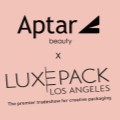
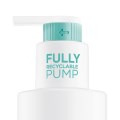
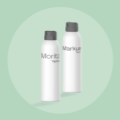
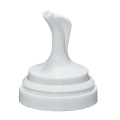
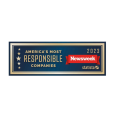


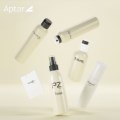

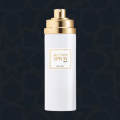


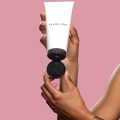
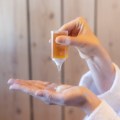


.jpg)
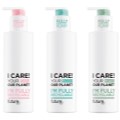
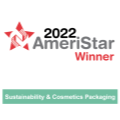
.jpg)
.jpg)
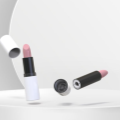
.jpg)

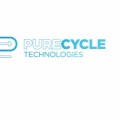
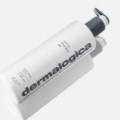
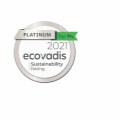

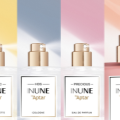









.jpg)

.jpg)

.jpg)
